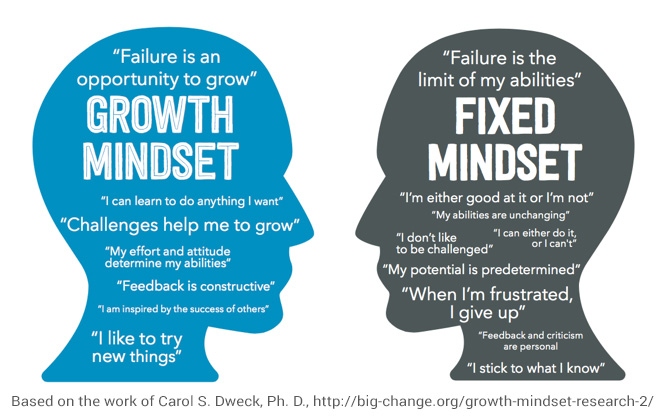AI Literacy for College Students Video Series Dr. Nic Subtirelu of the English Department at…
 There is a growing interest across higher education in the complex topic of learning and the brain. “The neuroscience of learning,” “brain-based learning” and similar concepts are commonplace in discussions of emerging, evidence-based pedagogies. At Montgomery College, we are exploring this vast and rapidly expanding area of study in numerous ways but with one goal: to promote the success of all of our students.
There is a growing interest across higher education in the complex topic of learning and the brain. “The neuroscience of learning,” “brain-based learning” and similar concepts are commonplace in discussions of emerging, evidence-based pedagogies. At Montgomery College, we are exploring this vast and rapidly expanding area of study in numerous ways but with one goal: to promote the success of all of our students.
In the midst of the excitement about the promising potential of neuroscience, we should approach neuroscience with cautious optimism, making sure to critically evaluate its real potential and be ever vigilant to make the best choices for our students and their learning. Byrnes and Vu (2015), informed by a study of the literature on neuroscience, provide an excellent discussion on the need to balance what we already know from cognitive science with what we are beginning to know from neuroscience. They conclude, “Given that psychology is the science that provides the most relevant explanations for student thoughts and behaviors…neuroscientific evidence is particularly relevant and useful when it provides confirming or disconfirming evidence of psychological theories of skill or knowledge acquisition” (Byrnes and Vu 4).
In November 2016 a group of faculty and instructional staff gathered to discuss fixed and growth mindsets and how those concepts might be applied to the student learning experience. The conversation blossomed into a broad exploration of neuroscience and learning. We viewed the brief video “What Do Teachers Need to Know About the Brain?” featuring the noted neurologist, Dr. Judy Willis, and learned that stress affects the efficiencies of the brain processes and changes how the brain works. The “fight, flight, or freeze” responses that cause the higher-level brain to shut down are most commonly associated with dangerous and threatening situations. However, Dr. Willis emphasizes that chronic boredom or chronic frustration in the classroom can result in the same shutting down of the reflective prefrontal cortex. In these classroom situations, the lower reactive brain is dominant and it becomes difficult to form the long-term memories needed for learning to occur. Dr. Willis encourages educators to carefully consider the structure and flow of our learning environments and the stressors that they might contain. During the discussion, our group recognized that the use of active learning strategies (already practiced by many faculty at MC), was one way to address chronic boredom and chronic frustration within the classroom environment.
We discussed the differences between a fixed mindset and a growth mindset and the implications on instructional design and the learning environment. Not only is it important that students adopt and embrace growth mindsets for themselves, but it is also critical that educators embrace the notion that all learners have the ability to increase their understanding and intelligence and therefore can continue to grow. That is, we as educators should adopt growth mindset perspectives about our students. As stated by Flom (2012), “This theory of growth mindset is supported by research into brain plasticity and has proven to be pivotal in helping students improve their academic achievement.” A very brief video about brain plasticity can be found at https://www.mindsetworks.com/videos. During the discussion, our group recognized that one way to foster and encourage the growth mindset in the classroom environment is to share our own stories of how we struggled in some aspects of learning. Such stories from a college professor clearly attribute success to effort and persistence rather than to innate and fixed intelligence.
We considered potential pitfalls in applying these concepts to the classroom and listed concrete ways that we could use neuroscience to improve our teaching, some of which are described above. Those present (as well as others who had attended a similar pedagogical discussion group earlier in the semester) decided to keep the conversation going. This article is one expression of that desire to continue to learn together and to reach out to others to join the discussion.
The Hub is a place where we can have an informal, online conversation about these ideas. Please share your comments at the end of this article. We are looking forward to continuing to grow together!
Sources:
Byrnes James P., Vu Lien T. Educational neuroscience: Definitional, methodological, and interpretive issues. WIREs Cogn Sci 2015, 6: 221-234. doi: 10.1002/wcs.1345.
Flom, Jason. Fixed vs. Growth Mindsets. December 12, 2012 https://qedfoundation.org/fixed-vs-growth-mindsets/, retrieved January 25, 2017.
Malleable Brain Animation video (1 minute 5 seconds), By Mindsetworks, https://www.mindsetworks.com/videos/ retrieved January 25, 2017.

This Post Has 0 Comments